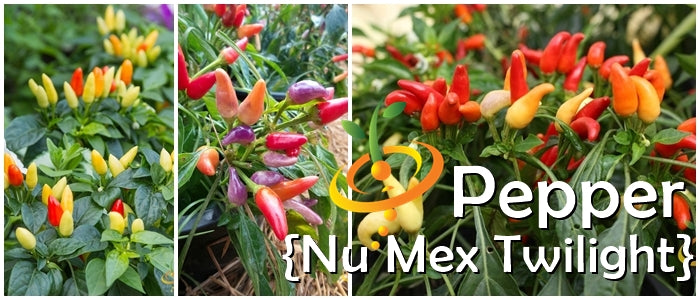
Vendor: scotlandsarchitects
Type:
Price:
2.99 - 5.90
(2 variants)
The Common Chicory plant, scientifically known as Cichorium intybus, is a perennial herbaceous plant belonging to the Asteraceae family. This plant is notable for its adaptability and resilience, making it a valuable addition to various garden settings. With its striking blue flowers and robust root system, chicory not only enhances the aesthetic appeal of a garden but also contributes to soil health.
Chicory is primarily cultivated for its leaves, which are often used in salads, and for its roots, which can be roasted and ground to produce a coffee substitute. The plant thrives in well-drained soils and prefers full sun to partial shade, making it suitable for a range of gardening environments. It can tolerate drought conditions, which is an advantageous trait for gardeners in arid regions.
In terms of growth, Cichorium intybus can reach heights of up to 1.2 meters (approximately 4 feet) and typically blooms from mid-summer to early fall. The flowers are not only visually appealing but also attract pollinators, such as bees and butterflies, which are essential for maintaining biodiversity in the garden ecosystem.
From a nutritional perspective, chicory leaves are rich in vitamins A, C, and K, as well as minerals such as calcium and potassium. The plant also contains inulin, a type of soluble fiber that supports digestive health. Incorporating chicory into the garden can therefore provide both aesthetic and nutritional benefits.
Furthermore, chicory is known for its ability to improve soil structure and fertility. Its deep taproot helps to break up compacted soil, allowing for better water infiltration and root growth for surrounding plants. This characteristic makes chicory an excellent companion plant in vegetable gardens, where it can enhance the growth of neighboring crops.
In conclusion, the Cichorium intybus plant is a versatile and beneficial addition to any garden. Its combination of ornamental beauty, nutritional value, and positive impact on soil health makes it a worthy consideration for both novice and experienced gardeners alike. By cultivating chicory, gardeners can enjoy a sustainable and productive gardening experience.






















